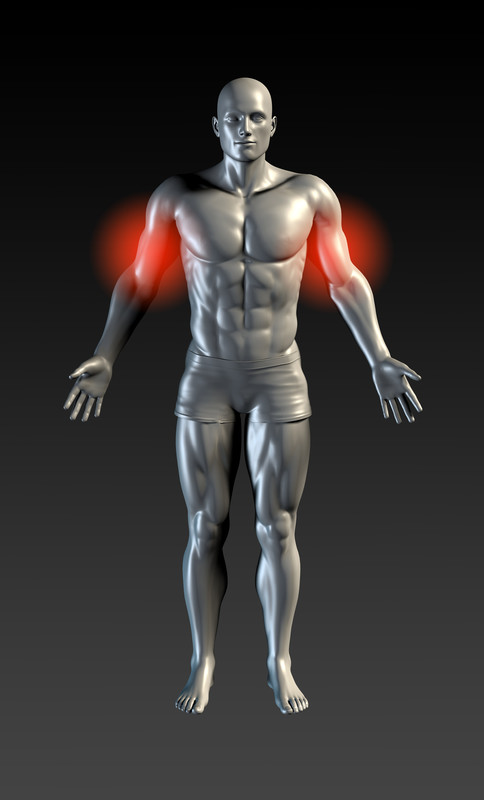 Bicep tendon tears can occur either as a result of injury or from overuse. While most cases may be corrected by simpler treatment methods, the most severe ones will require torn bicep surgery.
Bicep tendon tears can occur either as a result of injury or from overuse. While most cases may be corrected by simpler treatment methods, the most severe ones will require torn bicep surgery.
To get a better idea of what is involved in a torn bicep muscle, here is a look at the two different types of bicep tendon tears:
Partial tears are the first type of muscle damage. In this case, the tendon does not become completely severed but only partially damaged.
Complete tears, on the other hand, split the tendon into two pieces.
Torn tendons may be triggered by fraying and aggravated by constant overuse. As the damage advances, the tendon may come completely apart perhaps by lifting a heavy object.
Risk Factors For Bicep Tendon Injuries
Most of the bicep tendon injuries result from wear and tear of the muscles over time. The damage becomes worse with repetitive movements and can easily lead to shoulder problems like tendonitis, shoulder impingement, and rotator cuff injuries. When these conditions remain unchecked, the muscles suffer even more with the ultimate solution being torn bicep surgery.
- The most common risk factors for this condition include age. This is because the muscles undergo extreme wear and tear over time.
- Another consideration is engaging in overhead activities. This could happen as a result of overhead lifting jobs or weightlifting. Even sports that require repetitive shoulder movements such as tennis or swimming can cause bicep tendons to tear.
- And finally, using corticosteroids medications can also contribute to increased tendon and muscle weakness.
Treatment Options
Minor bicep tears can resolve on their own most of the time with timely rest and care. Many people only need nonsurgical treatments to manage their condition. Some common treatments include:
- An ice pack can provide cooling relief to the swelling and pain in the affected area.
- NSAIDs can also help ease inflammation and reduce pain temporarily.
- Adequate rest is recommended for people with a bicep tendon tear. For more effective relief, a sling may be used to support the arm and shoulder.
- Physical therapy can help strengthen and improve the range of motion in damaged tendons.
Surgical Options
When simpler, non-invasive treatments fail to provide relief, the doctor may recommend surgical intervention. Surgical treatment may also be recommended for people who experience repetitive muscular cramping in the area.
There are many surgical procedures that can be administered based on the nature and location of the tear. The surgical technique used will determine the recovery time for the patient.
A partial tear can be treated by a procedure called tenotomy. It involves completing the tear and then removing the damaged tendon from its attachment to the shoulder joint.
Tears that are complete in nature should be treated as soon as possible or the tendon and muscles can start to shorten and scar, making surgical repair more difficult later on.
In terms of recovery times, the affected muscles will get better based on the type of surgery administered. For instance, if the tendon is simply removed and not reattached, recovery can be instant. Otherwise, complete healing can take up to three months.


